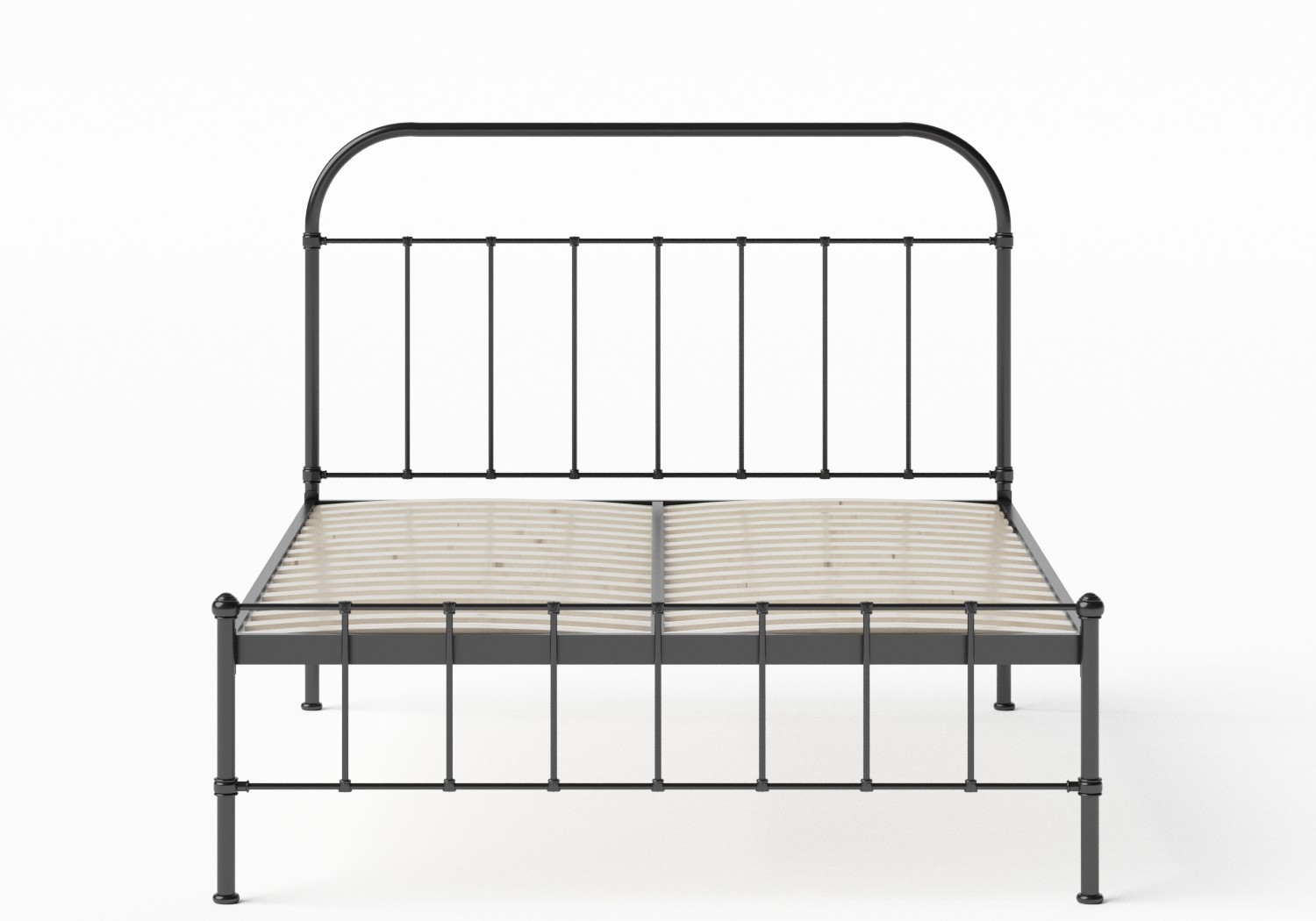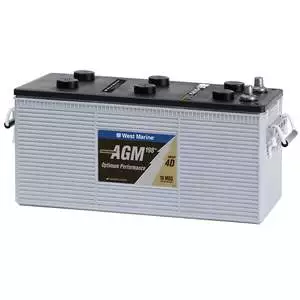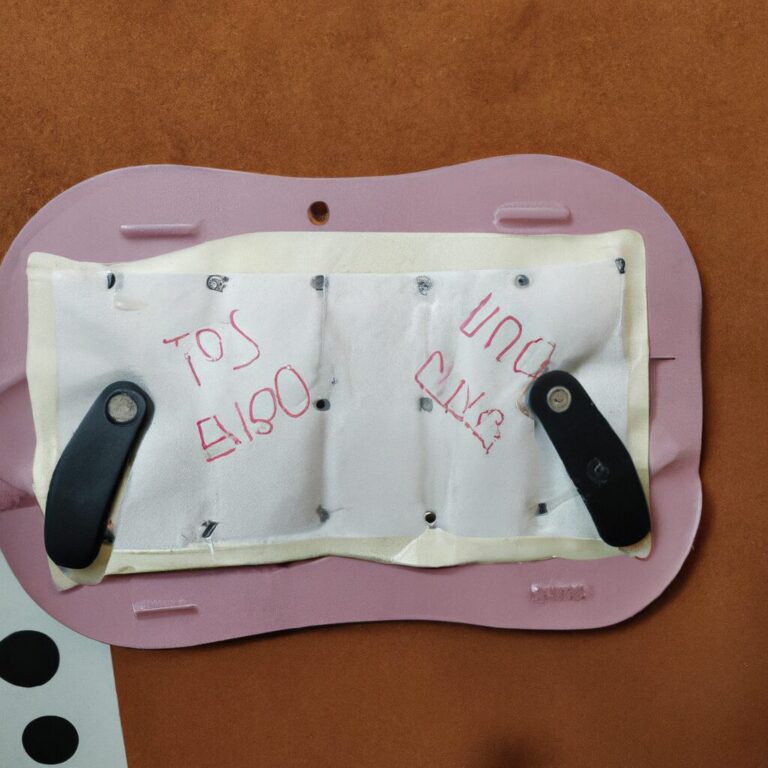How to Stop Metal on Metal Squeaking
To stop metal on metal squeaking, apply lubricant to the contact points on the affected surfaces. This will reduce friction and eliminate the noise.
Metal on metal squeaking can be a common annoyance, whether it’s coming from door hinges, machinery parts, or vehicle components. Fortunately, there is a simple solution to this problem. By applying a lubricant to the points where the metal surfaces come into contact, you can effectively eliminate the squeaking noise caused by friction.
This preventative measure not only helps to silence the annoying sound but also helps to prolong the lifespan of the metal parts by reducing wear and tear. In the following sections, we will explore the different types of lubricants you can use and provide step-by-step instructions on how to apply them effectively to stop metal on metal squeaking.
Understanding Metal On Metal Squeaking
Metal on metal squeaking can be a nuisance, but understanding its causes and effects is crucial in resolving the issue. Whether it’s your car’s brakes, door hinges, or machinery, the squeaking sound is often a result of friction between two metallic surfaces. By delving into the common causes and effects of metal on metal squeaking, you can effectively address this bothersome problem.
Common Causes Of Metal On Metal Squeaking
- Insufficient lubrication between metal components
- Worn-out or misaligned mechanical parts
- Corrosion and rust on metal surfaces
- Excessive pressure leading to metal-to-metal contact
- Temperature changes causing expansion and contraction
Effects Of Metal On Metal Squeaking
- Increased wear and tear on metal components
- Disruptive noise that can be a safety concern
- Diminished performance and efficiency of mechanical systems
- Possible damage to surrounding parts due to excessive vibrations
- Potential for costly repairs if the issue is not addressed promptly

Credit: www.obc-uk.net
Preventive Measures
Preventive measures play a crucial role in stopping metal-on-metal squeaking before it happens. By taking proactive steps, you can maintain a quieter and smoother operation of your equipment. Implementing the following preventive measures can help you address and prevent metal-on-metal squeaking issues effectively.
Proper Lubrication
Ensuring adequate lubrication of moving parts is essential to preventing metal-on-metal squeaking. Use high-quality lubricants specifically designed for the components in question.Follow manufacturer instructions for proper application and regularly reapply as needed.
Use Of Noise Dampening Materials
Investing in noise dampening materials such as rubber pads or foam insulation can help reduce the impact of metal-on-metal contact and minimize squeaking sounds.Ensure that these materials are securely installed to provide effective noise dampening.
Regular Maintenance And Inspection
Implement a scheduled maintenance plan to inspect all metal components regularly. Look for any signs of wear, looseness, or misalignment that may lead to metal-on-metal squeaking.Address any issues found promptly to prevent further damage.
Troubleshooting Techniques
Troubleshooting Techniques:
Identifying The Source Of Squeaking
Begin by pinpointing where the metal on metal squeaking is originating.
Inspect areas where the parts come into contact for signs of wear.
- Check for any visible evidence of rust, corrosion, or metal debris.
- Listen carefully to locate the exact source of the squeaking noise.
Removing Rust And Corrosion
Use a rust remover solution or a wire brush to eliminate any corrosion.
Clean the affected metal surfaces thoroughly to prevent further damage.
- Apply a lubricant to the treated areas to reduce friction and eliminate squeaking.
- Regularly inspect and maintain metal components to prevent rust buildup.
Tightening Loose Connections
Check for any loose bolts, screws, or nuts in the metal assembly.
Use appropriate tools to tighten the connections securely.
- Ensure all fasteners are properly tightened to prevent metal-on-metal contact.
- Regularly check and adjust tightness to prevent potential squeaking issues.
Replacing Worn-out Parts
If identifying corrosion or wear on components, consider replacing them.
Choose high-quality replacement parts to ensure durability and performance.
- Consult with a professional if unsure about which parts need replacement.
- Regularly maintain and replace worn-out parts to prevent squeaking noise.

Credit: m.youtube.com
Professional Solutions
If you’ve attempted DIY solutions and still find your metal on metal squeaking persisting, it may be time to seek professional help. Here, we’ll explore the professional avenues available to you for effectively putting a stop to this incessant noise.
Seeking Expert Advice
When all else fails, consulting with experts in the field can lead to valuable insights. Professional mechanics and automotive technicians possess the knowledge and experience to diagnose and address the root cause of the squeaking, providing personalized solutions tailored to your specific vehicle and its needs. Make sure to seek advice from professionals with expertise in handling metal on metal squeaking issues for the best results.
Engaging A Professional Service
Enlisting the services of a reputable garage or auto repair facility can provide you with a comprehensive solution to your metal on metal squeaking. Professionals equipped with specialized tools and expertise can accurately diagnose the issue and execute the necessary repairs, ensuring the elimination of the squeaking and restoring your vehicle’s smooth and quiet operation. Before engaging a service, consider researching and vetting the credentials of the professionals to ensure reliable and effective assistance.

Credit: www.endurancebeds.co.uk
Frequently Asked Questions Of How To Stop Metal On Metal Squeaking
How Do You Stop A Metal Frame From Squeaking?
To stop a metal frame from squeaking, try these tips: 1. Tighten any loose screws or bolts. 2. Apply lubricant or silicone spray to the joints and moving parts. 3. Place felt pads or rubber stoppers between metal components. 4.
Use rubber washers between metal and wooden parts. 5. If necessary, use a rubber mallet to gently tap the frame back into alignment.
How Do I Stop My Metal Futon From Squeaking?
To stop your metal futon from squeaking, try applying lubricant to the joints and hinges. Tighten any loose screws or bolts. Place rubber pads or felt tape on areas where metal parts rub against each other. Consider adding foam padding or a mattress to reduce friction noise.
How Do You Soundproof A Metal Bed Frame?
To soundproof a metal bed frame, add rubber or foam pads between the frame and the floor. Use a headboard to absorb sound, and a thick mattress to minimize vibrations. Try hanging curtains or adding a rug underneath. This will help reduce noise and create a peaceful sleep environment.
Why Does Metal Squeak?
Metal squeaks due to friction between surfaces, causing vibrations that produce noise. Proper lubrication can reduce squeaking.
How Can I Stop Metal On Metal Squeaking?
To stop metal on metal squeaking, you can try applying lubricant to the affected areas or using rubber pads to cushion the contact points.
What Causes Metal On Metal Squeaking?
Metal on metal squeaking is usually caused by friction between two metal surfaces that are not properly lubricated or cushioned.
Are There Any Diy Solutions To Stop Metal On Metal Squeaking?
Yes, you can try using common household items like baby powder or candle wax to reduce metal on metal squeaking.
Conclusion
To conclude, addressing metal-on-metal squeaking is crucial for maintaining the longevity and efficiency of your machinery. By following the tips and techniques outlined in this post, you can effectively reduce and prevent these noises, ensuring smoother operations and a quieter working environment.
Implement these solutions to keep your equipment in top condition.


